RMI Expeditions Blog
Posted by:
Categories: Mountaineering Fitness & Training

Mountaineering is thought of as a "slow and steady" sport. Indeed, the climbing pace when nearing the summit is amazingly slow given the effort required by the high altitude, especially in comparison to moving at the same speed at lower elevations. As a result, climbers often overlook the necessity of incorporating speed and intensity into their training routine and instead focus on long, slow aerobic-oriented workouts. This is a mistake. Interval training is an important component of conditioning for mountaineering as it raises your anaerobic threshold, effectively giving you "more gears" when climbing at altitude.
Aerobic vs. Anaerobic
Generally speaking, aerobic activity is the zone of physical activity where the body is able to provide adequate oxygen to the cells to keep them fueled, reducing the rate of fatigue. Anaerobic exercise is when the physical effort is high enough that the body cannot provide enough oxygen to the cells, causing them to use other energy stores to make up the difference and causing a much higher rate of fatigue. Think of taking a casual walk through the park (aerobic) vs. sprinting up multiple flights of stairs (anaerobic) - which can you sustain for longer? As athletes and climbers, our goal is to raise our anaerobic threshold - the level of effort where our bodies transition between aerobic and anaerobic activity. A higher anaerobic threshold allows us to climb at increased effort levels (like climbing at altitude) without entering an anaerobic zone and tiring quickly. Some sources say that climbing in your anaerobic zone will deplete your energy stores as much as 16x more quickly than staying within your aerobic zone! Raising your anaerobic threshold provides huge gains to your fitness when you head into the mountains.
Interval Training: Raising Your Anaerobic Threshold
Interval Training is one of the most effective way to raise your anaerobic threshold. Interval training consists of short, intense bursts of physical effort. Learn more about general interval training here. The best types of intervals for improving your anaerobic threshold are extended efforts at just below your maximal effort level (or maximum heart rate if you train with a heart rate monitor) repeated several times with an equal amount of rest between intervals. The exact intervals you complete depends on your fitness level and chosen activity. Discuss an appropriate interval plan with a trainer or fitness specialist. General intervals targeting your anaerobic threshold include:
• 5 x 3 mins with 3 mins rest
• 4 x 800m with 3 mins rest
You can do intervals while running, hiking, biking, on a rowing machine, or any sort of aerobic exercise equipment, but the most effective for mountaineering will be footborne since ours is a footborne activity. Be sure to properly warm-up and cool down before and after every session. Like all training activities, anaerobic interval training is best incorporated into a broader training routine, be sure to continue to include aerobic, strength and core, flexibility, and balance and agility training. It is best to begin your interval training once you have a strong aerobic base and a period of high training volume so that your body is ready for the increased load. As with all training, plan your intervals to gradually ramp up in intensity and duration so that your body is able to absorb the training load and you remain injury free. In order to truly go "slow and steady" in the mountains, we need to first go short and fast!
_____
Questions? Comments? Share your thoughts here on the RMI Blog!
Posted by: JJ Justman
Categories: Expedition Dispatches Kilimanjaro

I’m running a blog featuring daily voice dispatches from Rob. Check it out and leave comments! http://kilimanjaro.junell.net
Posted by: Ryan on 7/31/2013 at 9:58 am
Good luck John and Nat! Be safe and have fun from everyone at Ethosource!
Posted by: Veronica Millard on 7/29/2013 at 7:24 am
Posted by: Casey Grom
Categories: Expedition Dispatches Elbrus Southside
On The Map
Bottle neck of climbers above the DC caused a major hours long delay. Unfortunately temps were warming up quickly and there was still a lot of mountain to climb.
Posted by: JC on 7/29/2013 at 6:23 pm
Too bad. Would like to know what prevented the team from summiting.
Posted by: Josephine Johnson on 7/29/2013 at 10:15 am
On The Map
Hope you are having a great time! We miss you! Caleb and Joshua say “HI” to Daddy and Pop!
Posted by: Teri on 7/28/2013 at 8:22 pm
Hello to Emily and Kalin!
Posted by: Carrie Rabasa on 7/28/2013 at 9:47 am
On The Map
Congrats Greg and fellow team mates. Happy that you all made summit but happier that you all did it safely. Way to go. Mom and dad.
Posted by: Mom on 7/28/2013 at 12:14 am
Go, G! You inspire!
Nice work team - a summit and everyone is back safely!
Posted by: The Pit Crew on 7/27/2013 at 8:59 pm
Posted by: Win Whittaker, Billy Nugent
Categories: Expedition Dispatches Mount Rainier
Elevation: 14,410'
ALA climbers - great work! RMI guides - thanks for an awesome climb!
Posted by: JOHN GRANEN on 7/29/2013 at 6:59 am
makes me want to stop smoking!congrats to the team!
Posted by: BILL NUGENT on 7/27/2013 at 10:49 am
Posted by: Mark Tucker
Categories: Expedition Dispatches Kilimanjaro
RMI Guide Mark Tucker checking in.
On The Map
Good Luck Mr. Barber & Team!
Posted by: The Pages on 7/27/2013 at 8:31 am
Fatima,
Now this is the fun part of the trip! Hope you all have a great climb. Peter
Posted by: Peter Williamson on 7/27/2013 at 7:12 am
On The Map
Happy birthday to our beautiful daughter! And a big Hugo Kalin as well. Enjoy every minute of this trip of a lifetime! Love, mom and dad
Posted by: Mary Beth Denefe on 7/26/2013 at 8:28 pm



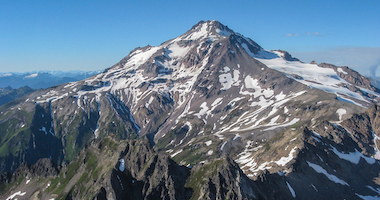


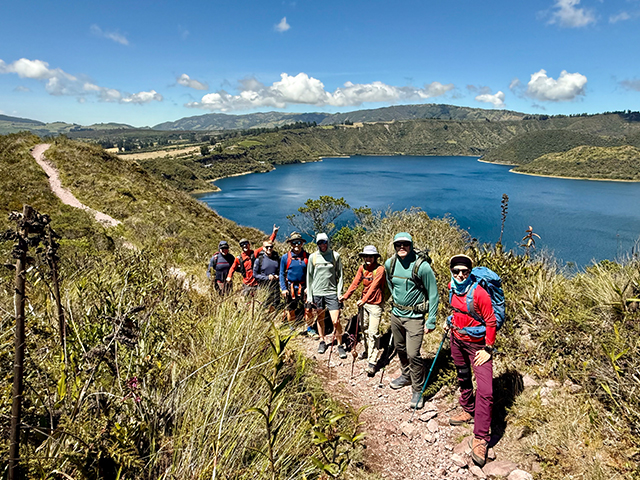
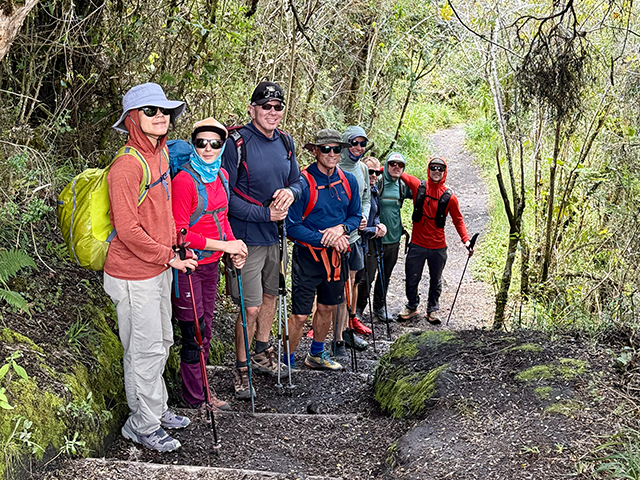
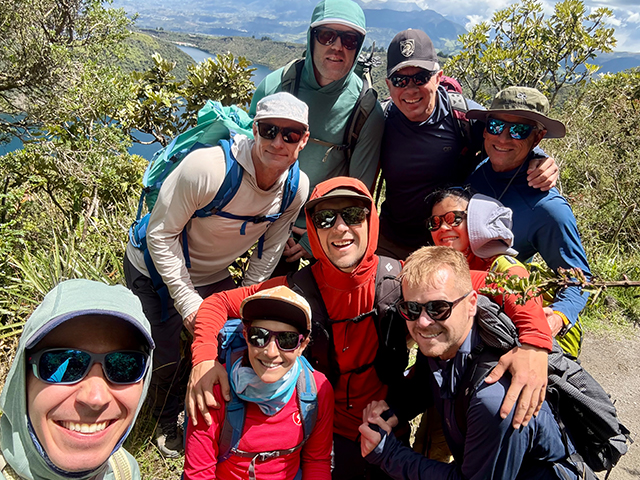
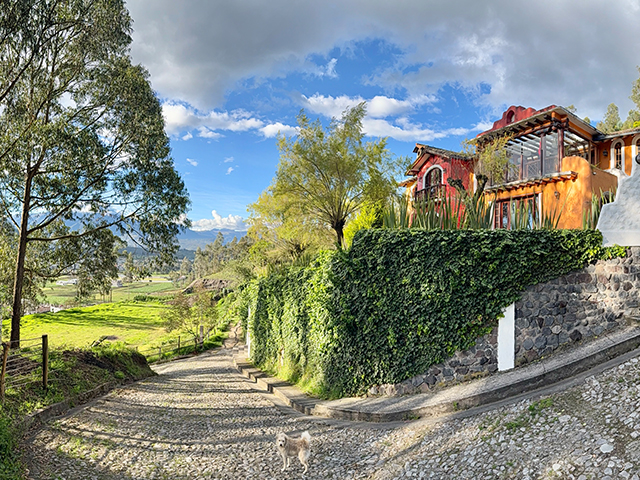
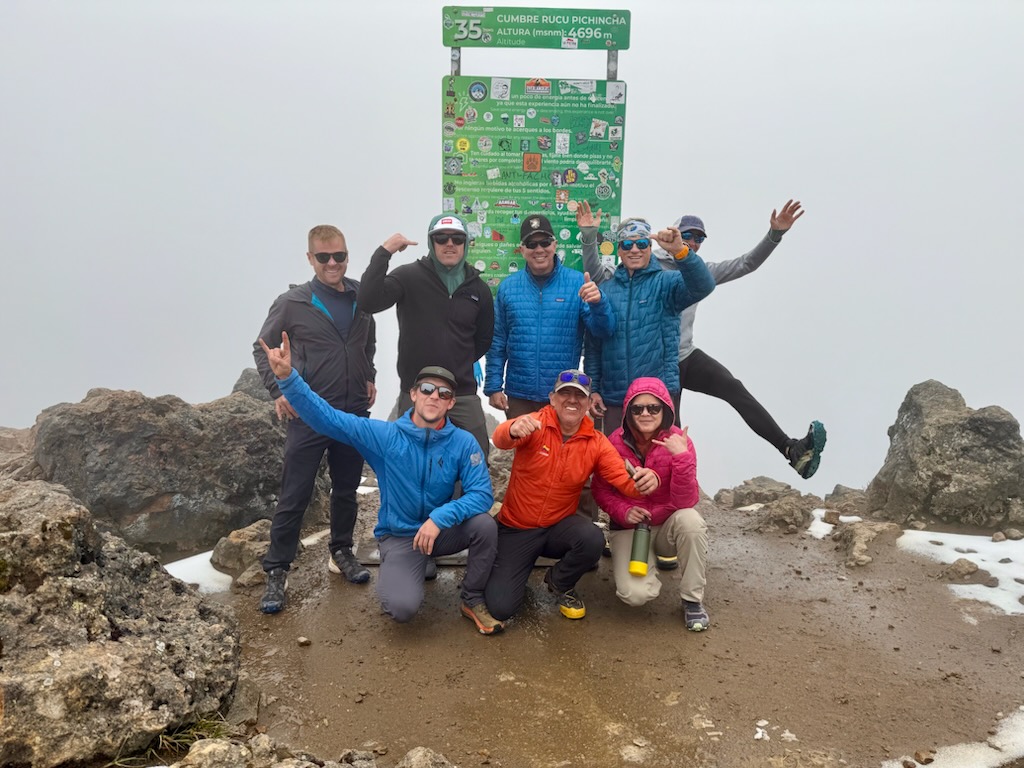
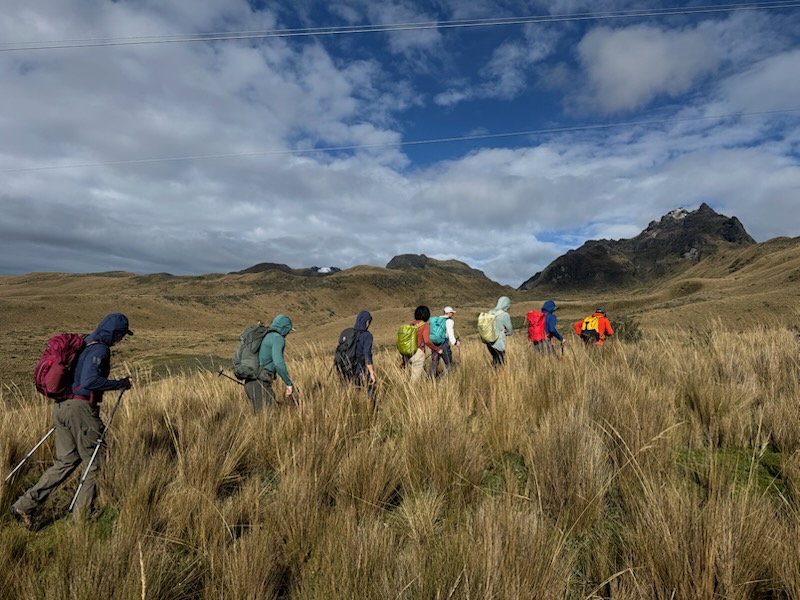
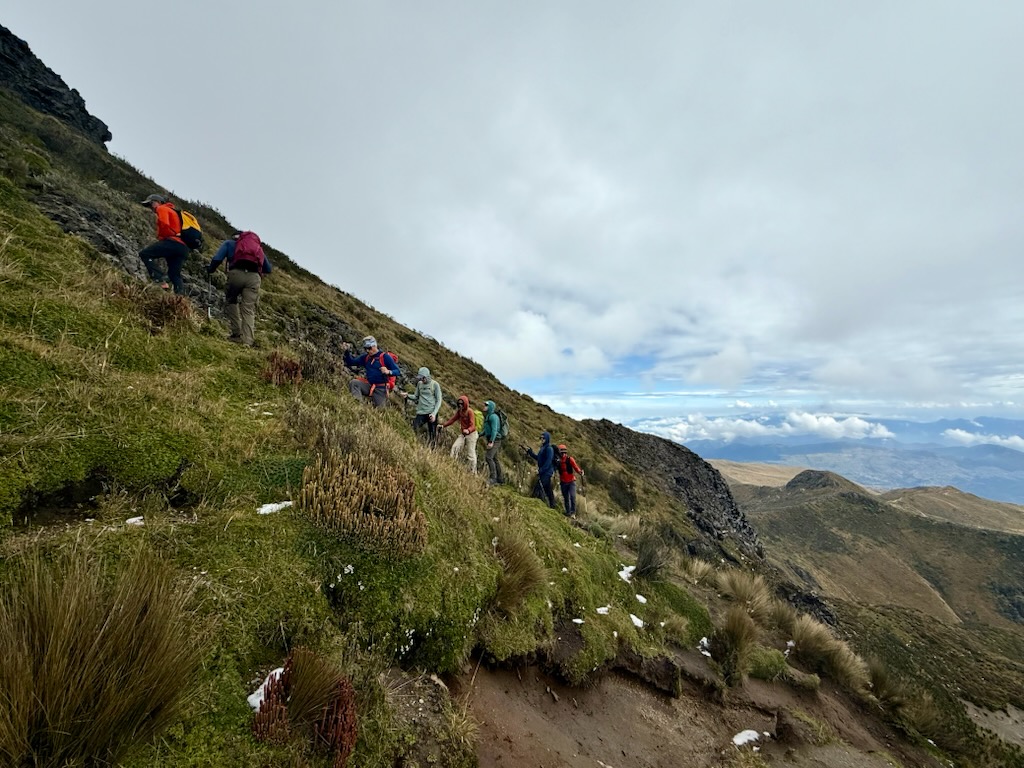


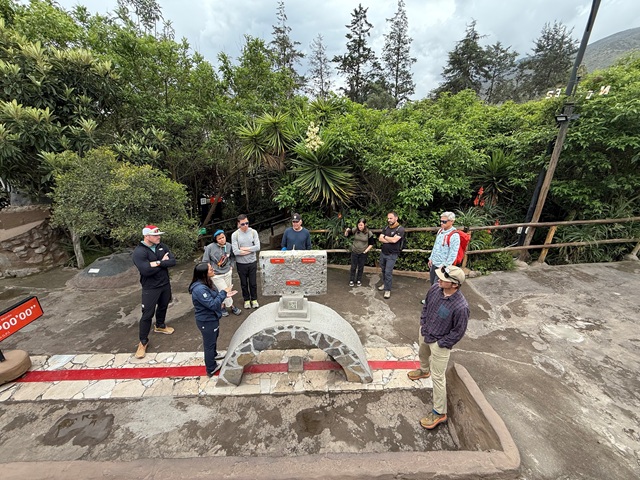

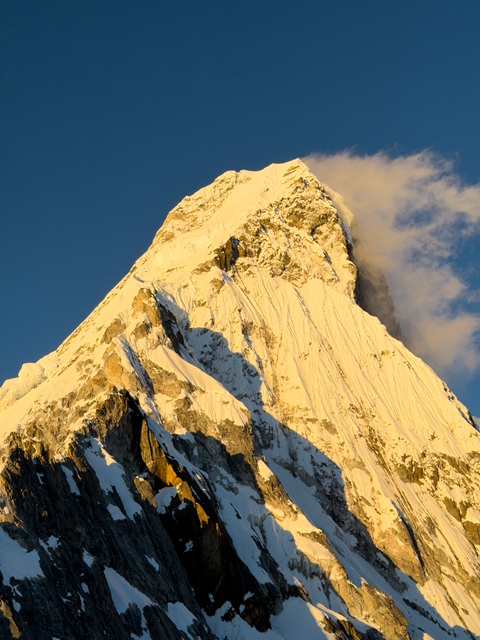
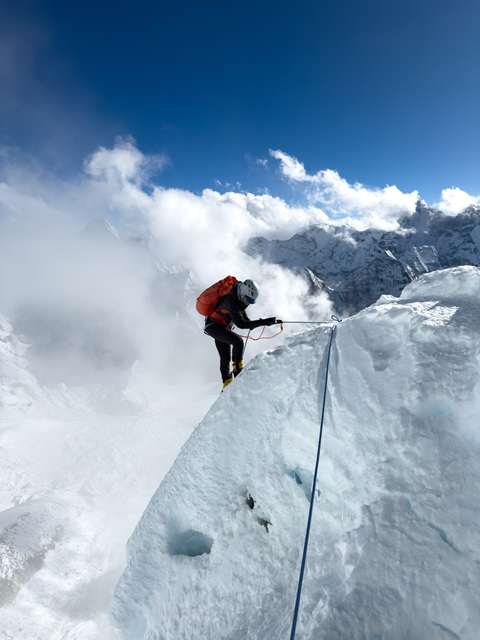
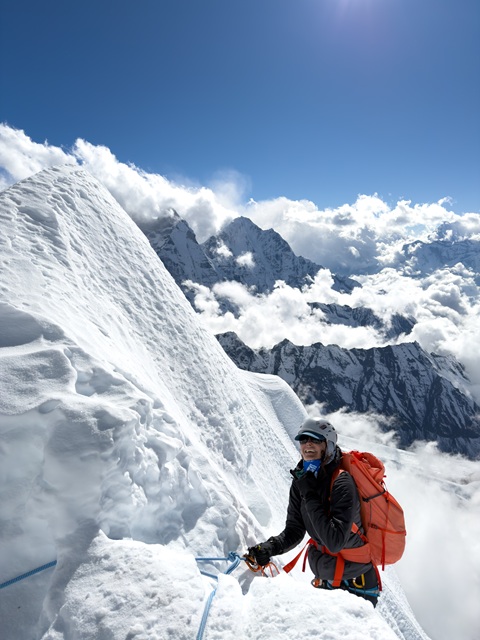
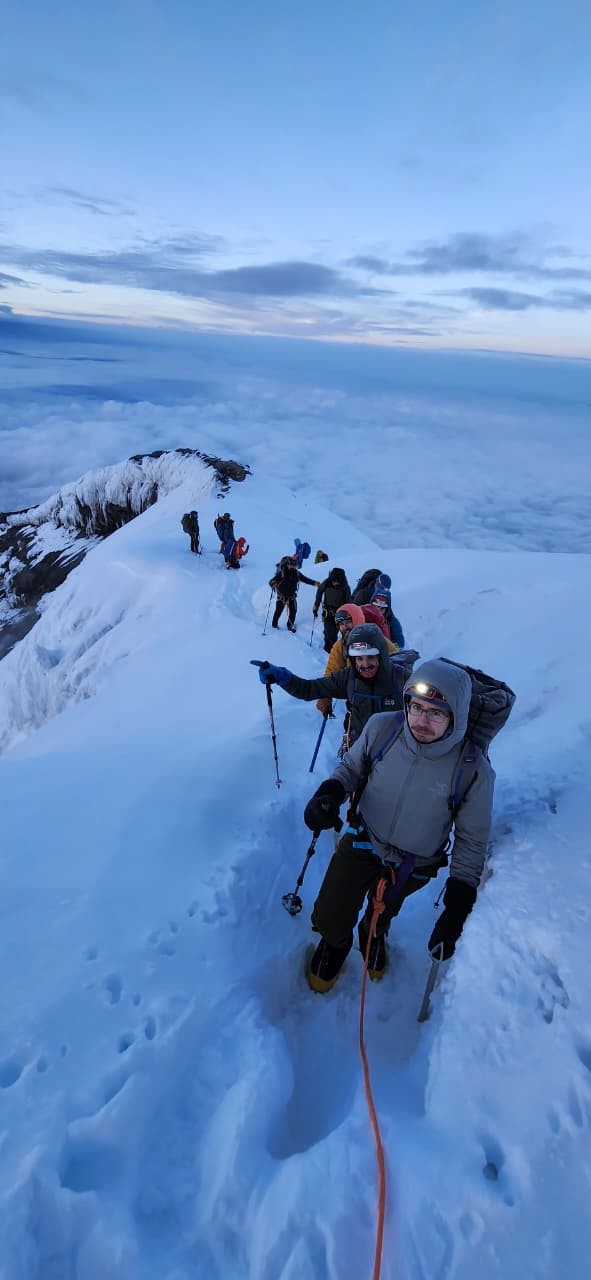
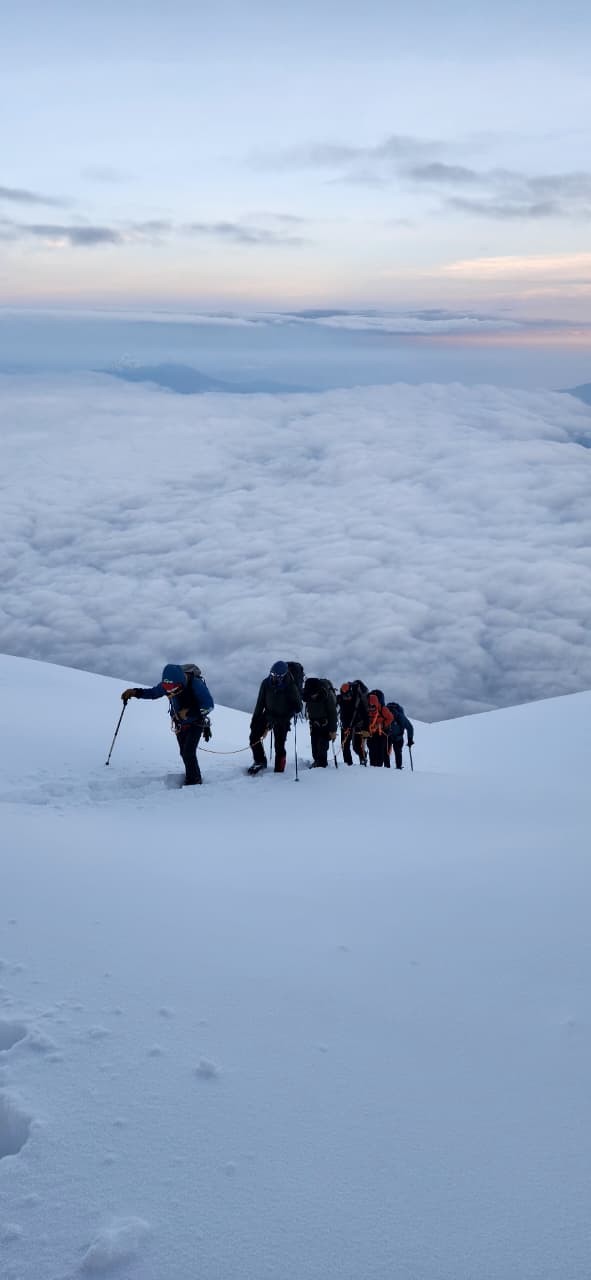



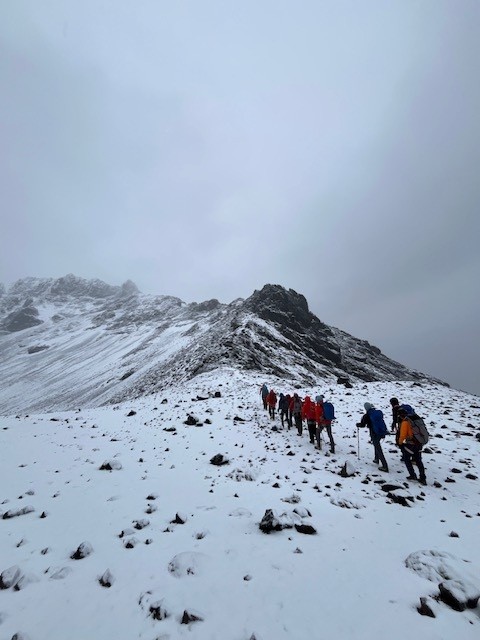

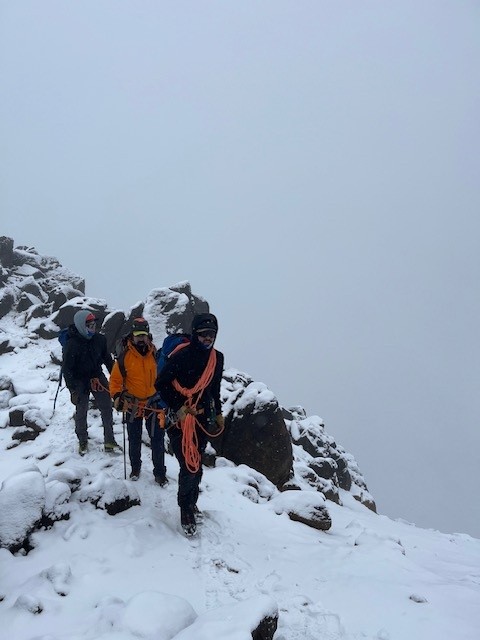
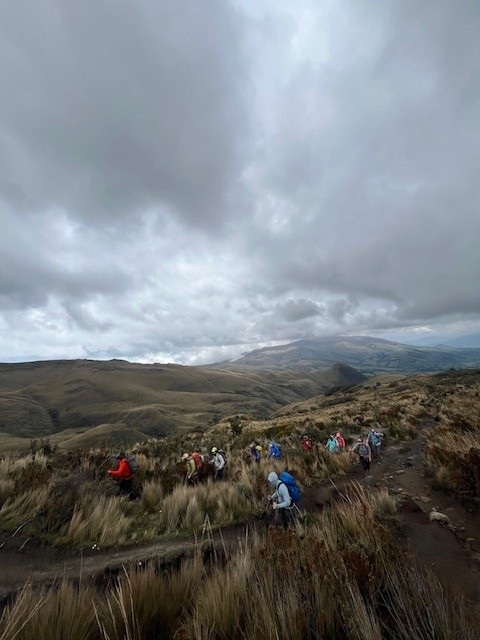

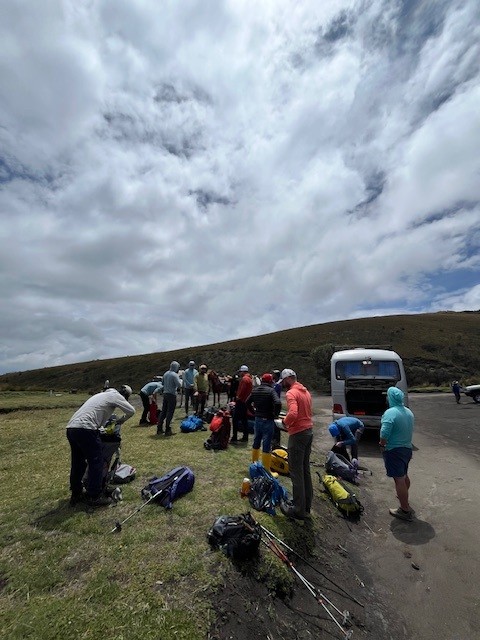
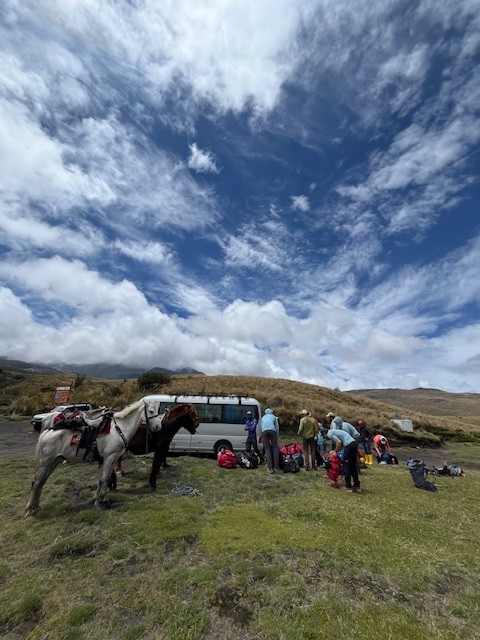
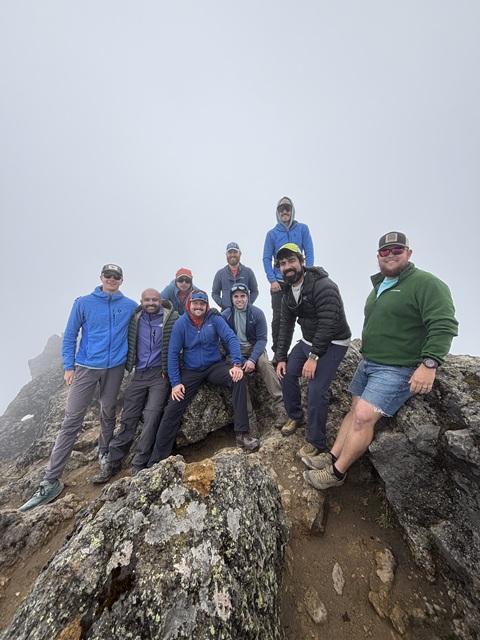

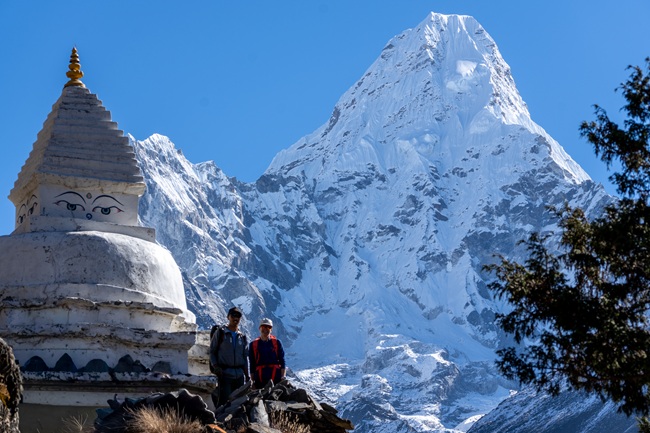
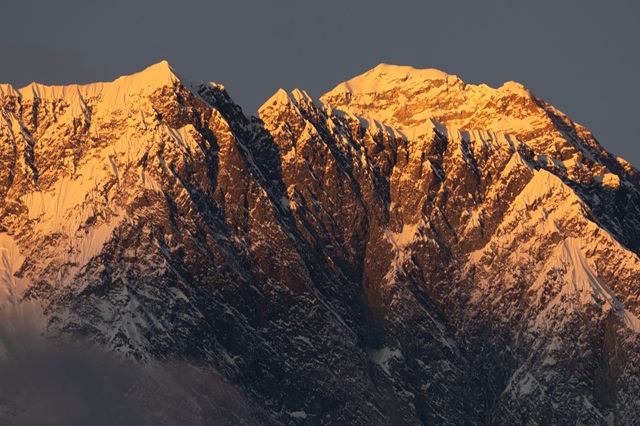
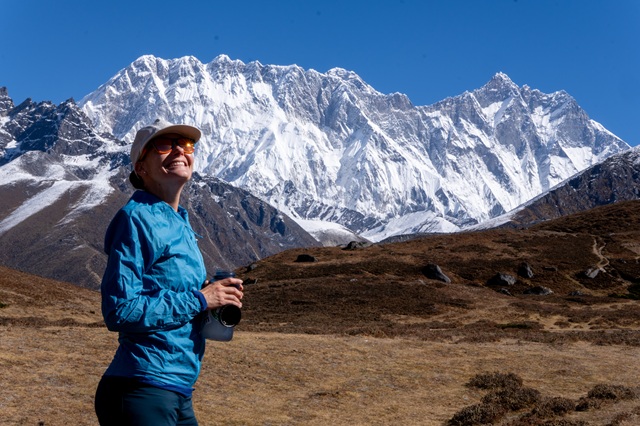






Well, years ago when I started to slow as a climber, I looked for a way to improve. I started training for and running marathons. The RMI article in right on the money about increasing the aerobic endurance by pushing the anaerobic and by doing so still increasing the aerobic. I found I was able to keep up with guys half my age and short roped guys younger than me so they could keep up. So, if you want to be good at altitude, one of the many keys is get in shape, both aerobically and anaerobically.
Posted by: Glenn Anderson on 4/3/2023 at 8:18 pm
Daniel -
Thanks for the clarification. The article is not meant to say that anaerobic threshold training is more important than aerobic threshold training. We devote a lot of articles to aerobic threshold training. The article is meant to highlight the importance of also doing some interval training to supplement aerobic base training, especially as the event draws near. Increasing the anaerobic threshold, as well as the aerobic threshold are both important, as climbers frequently do near their anaerobic threshold during short bouts of hard climbing at altitude. We see it frequently on places like the fixed lines of Denali. Interval training is a complement to a strong aerobic base training regime.
- The RMI Team
Posted by: RMI Expeditions on 2/27/2020 at 4:09 pm
View All Comments